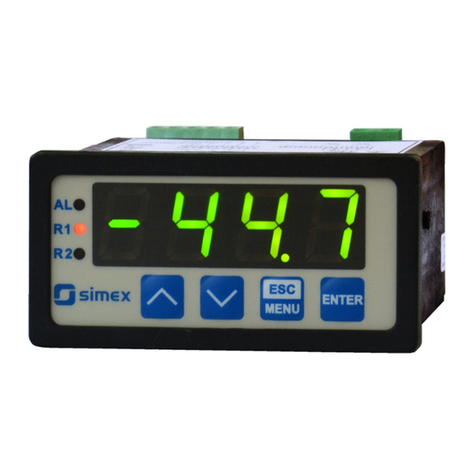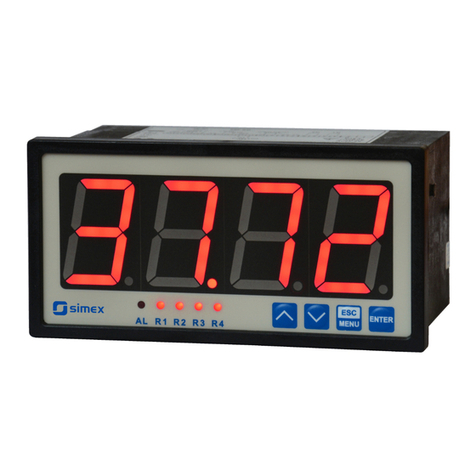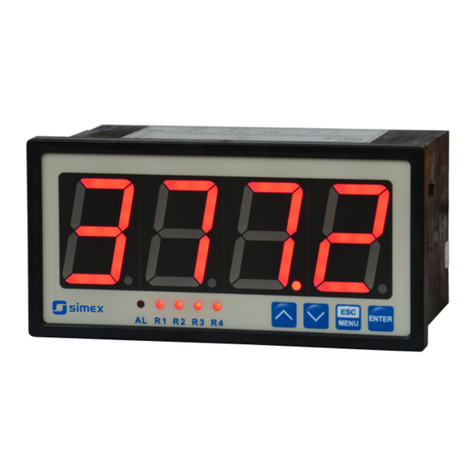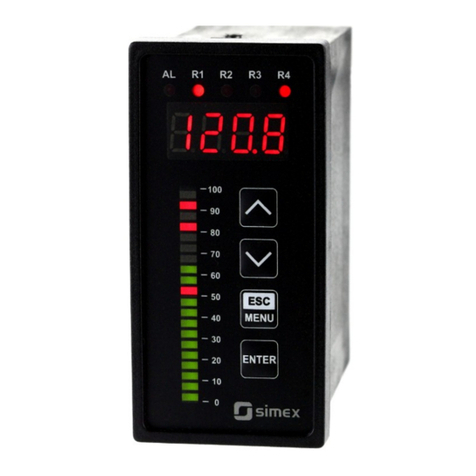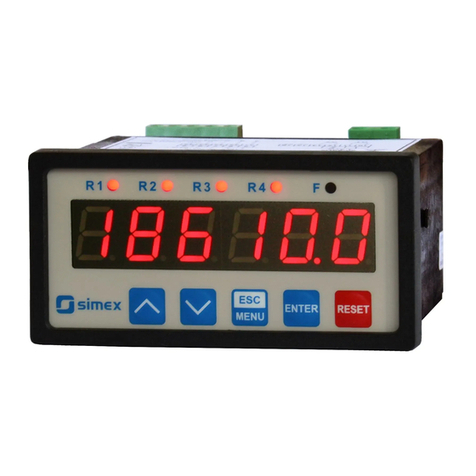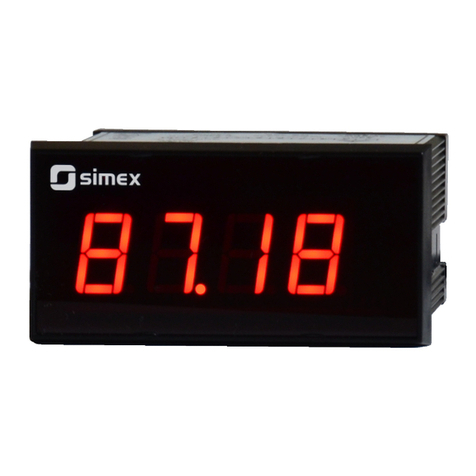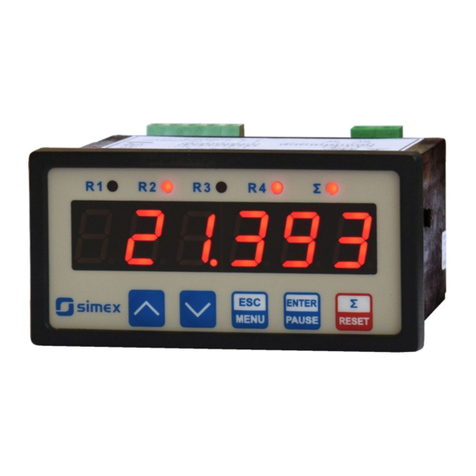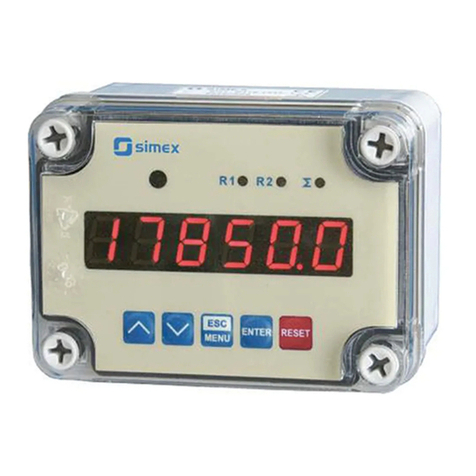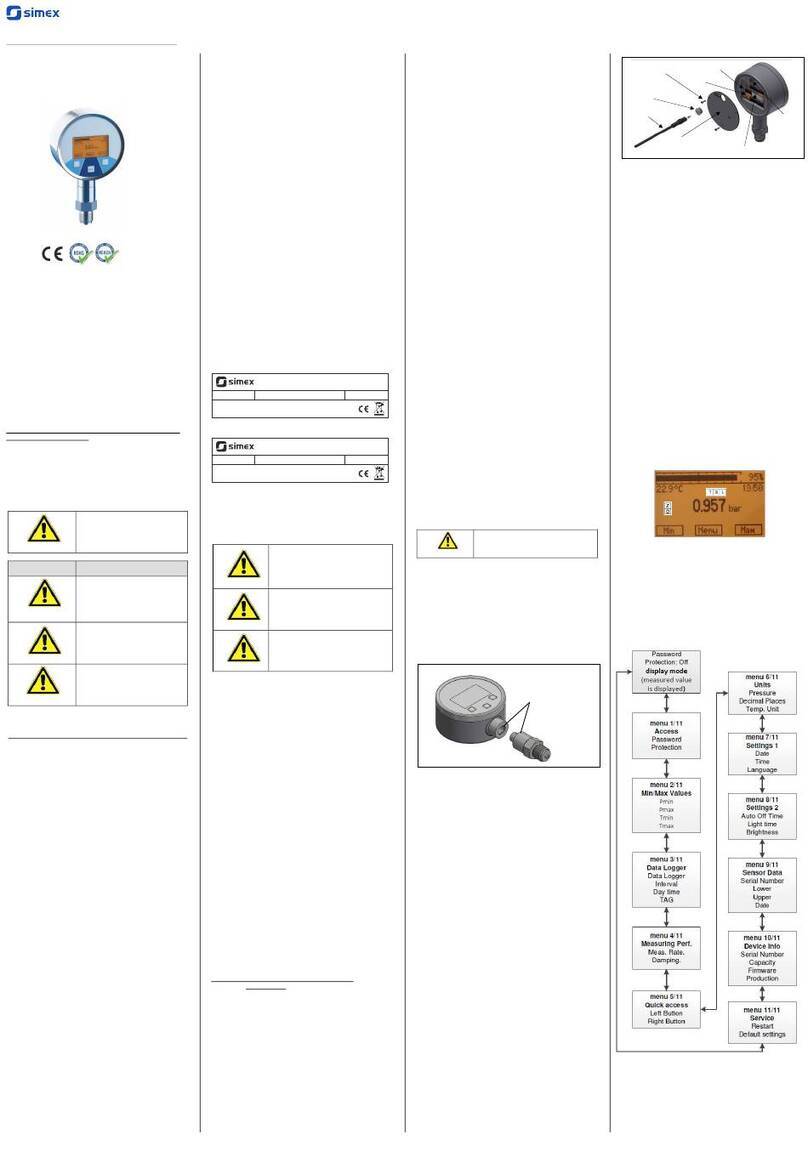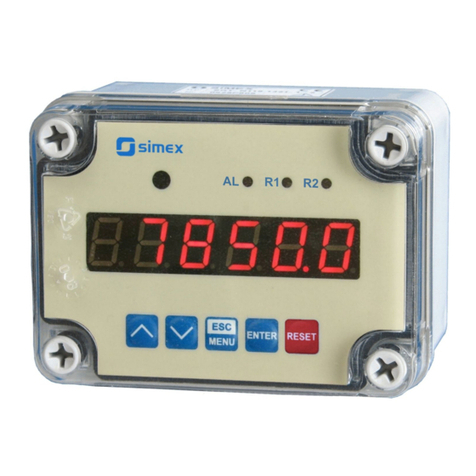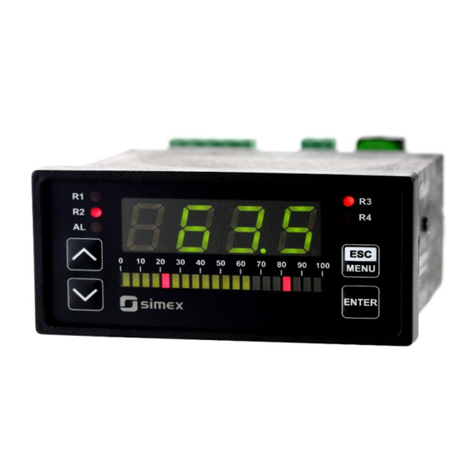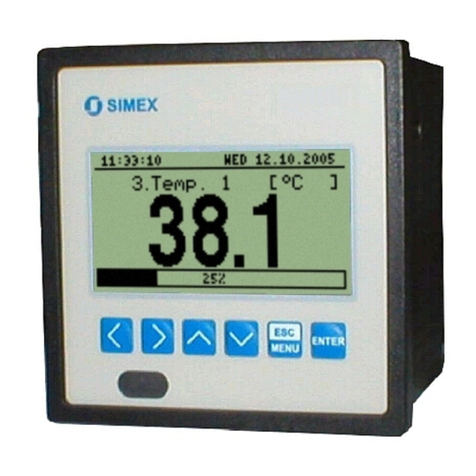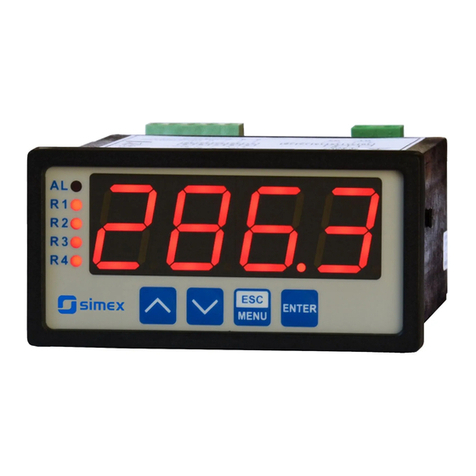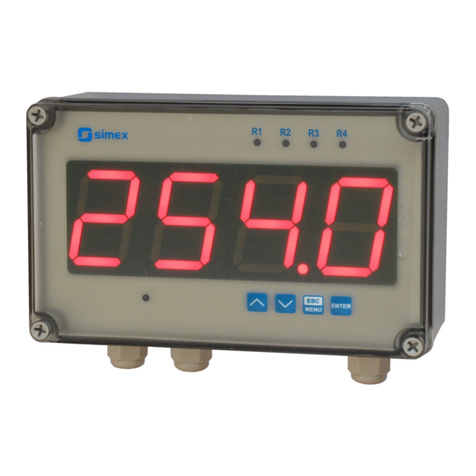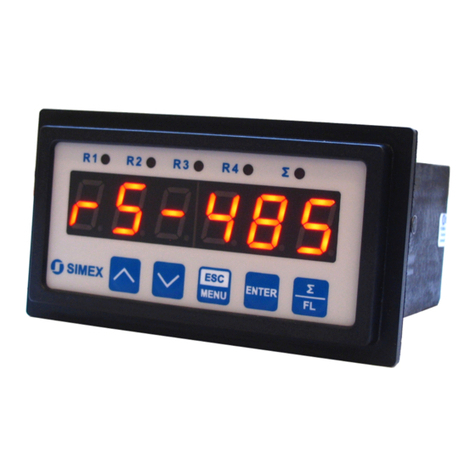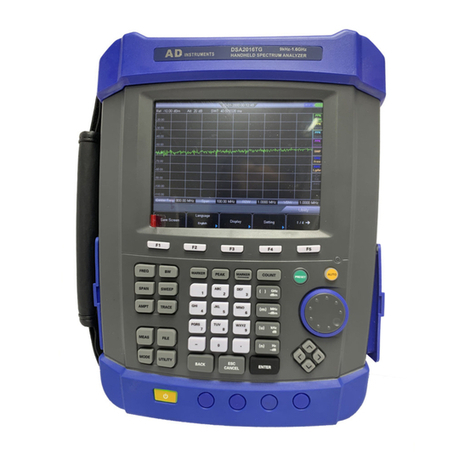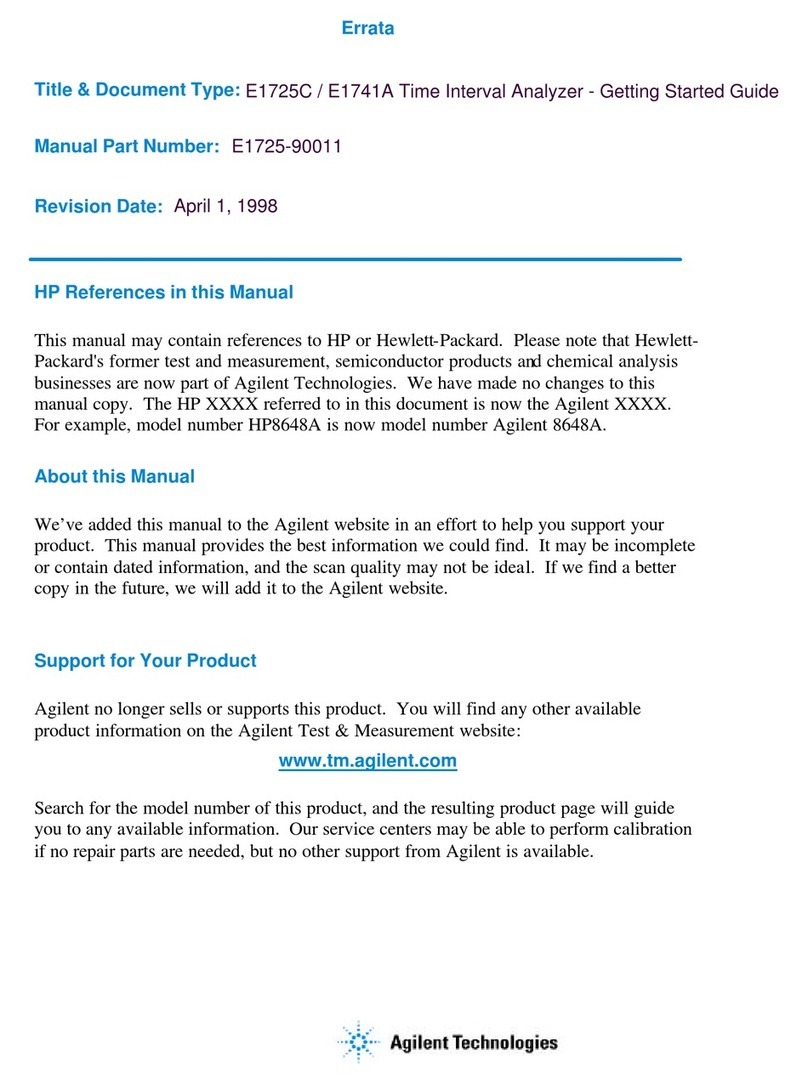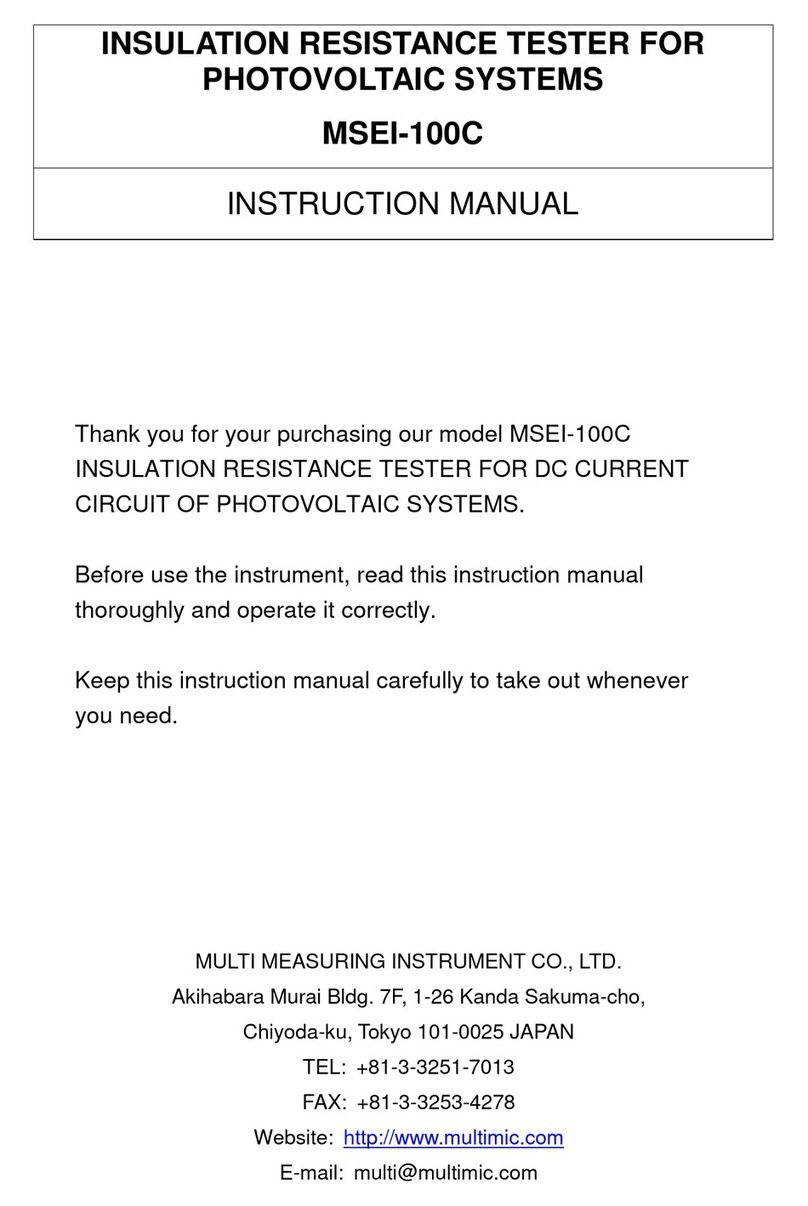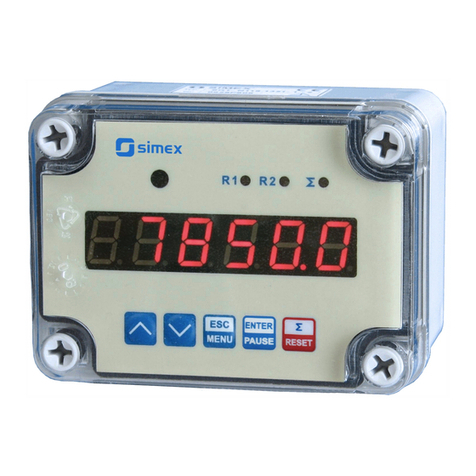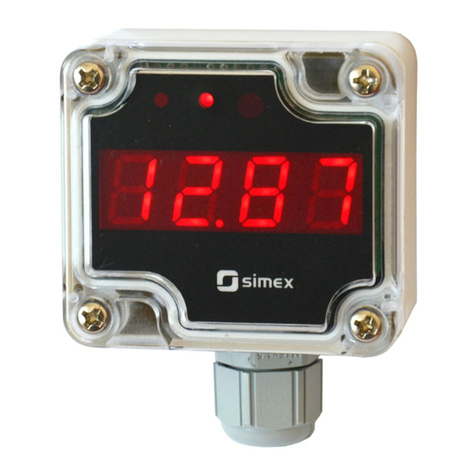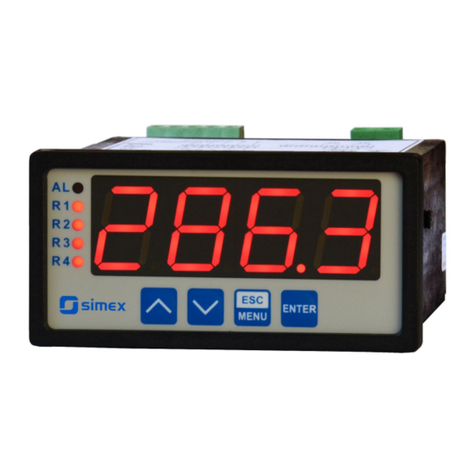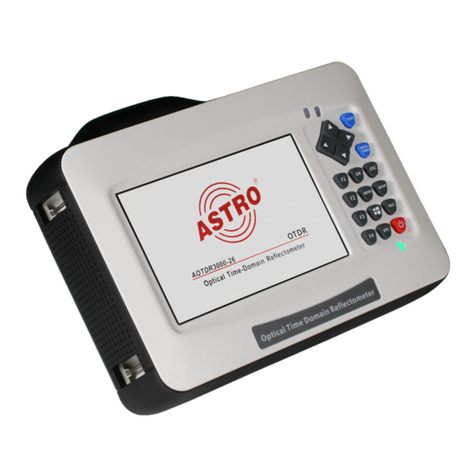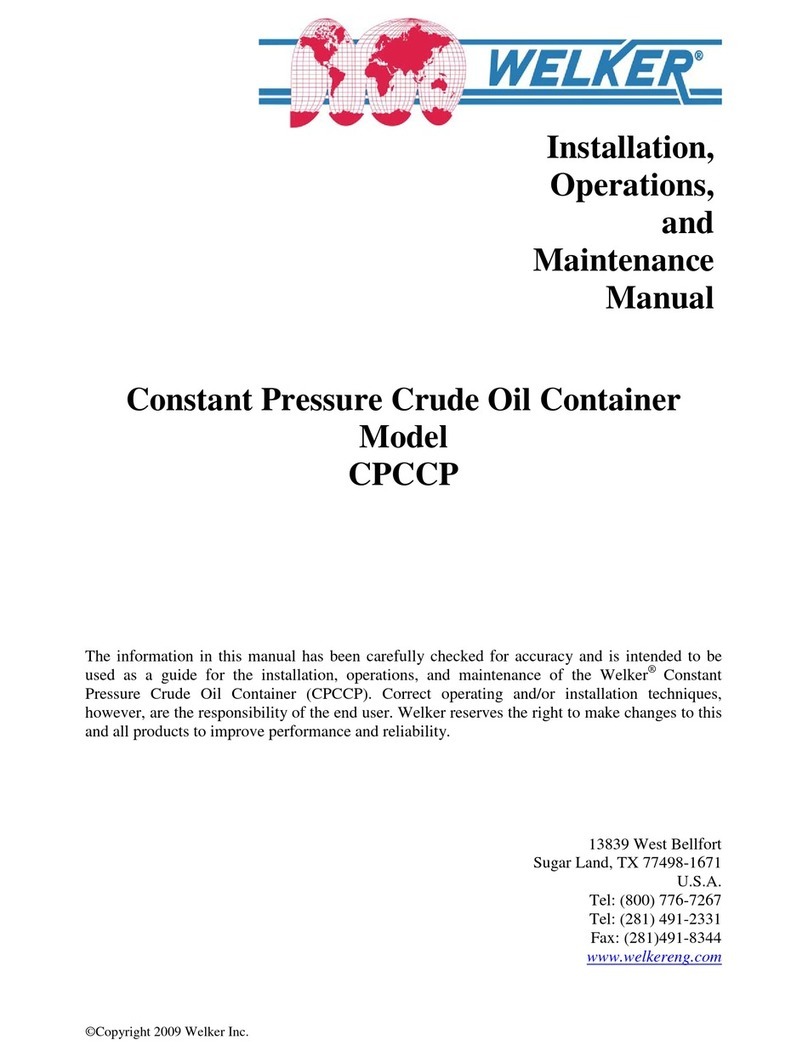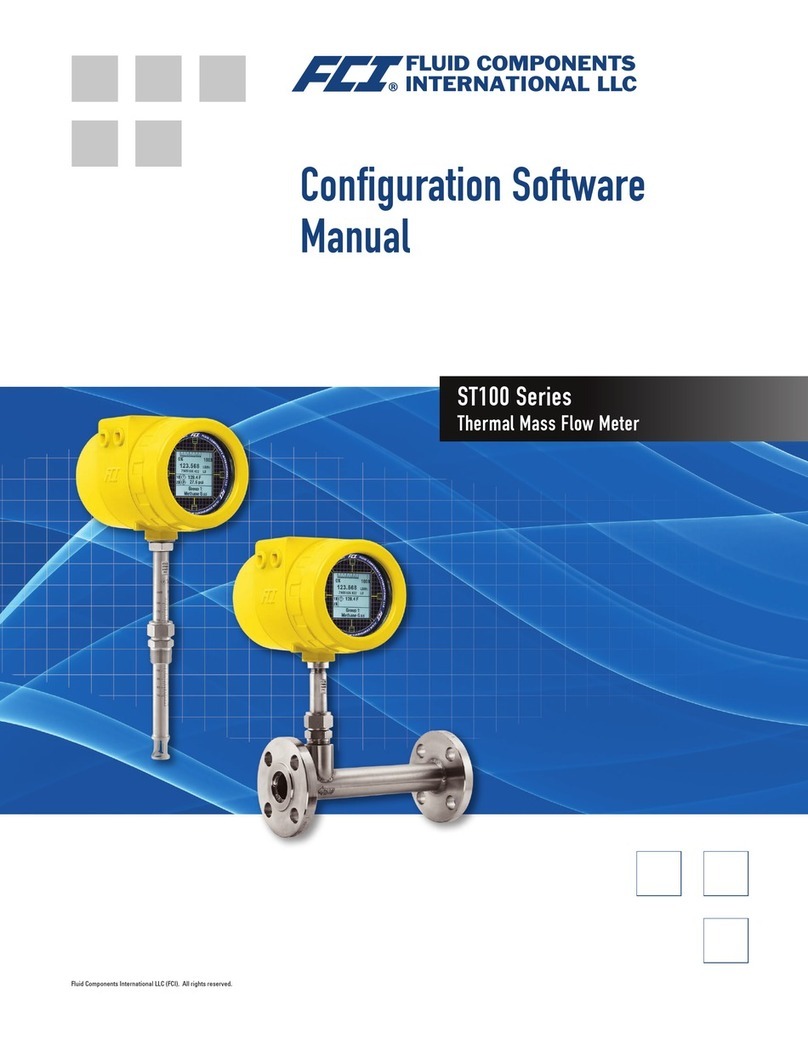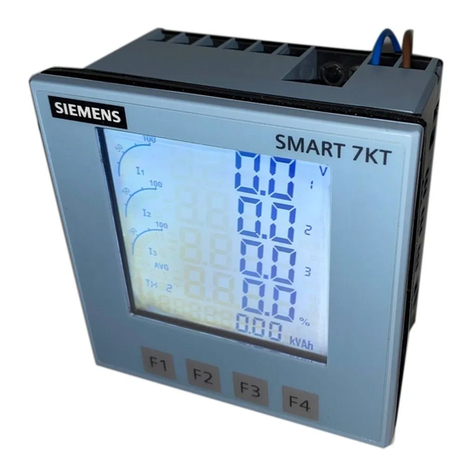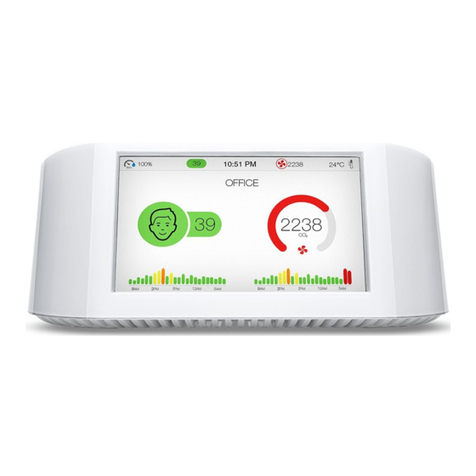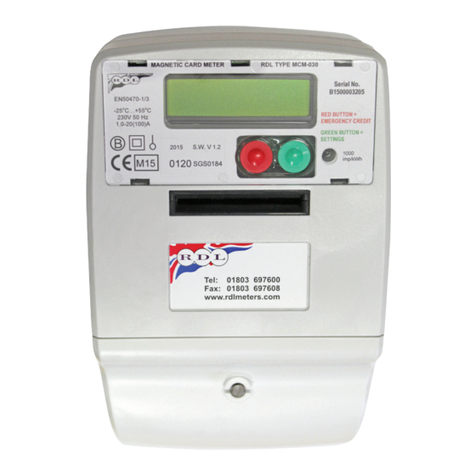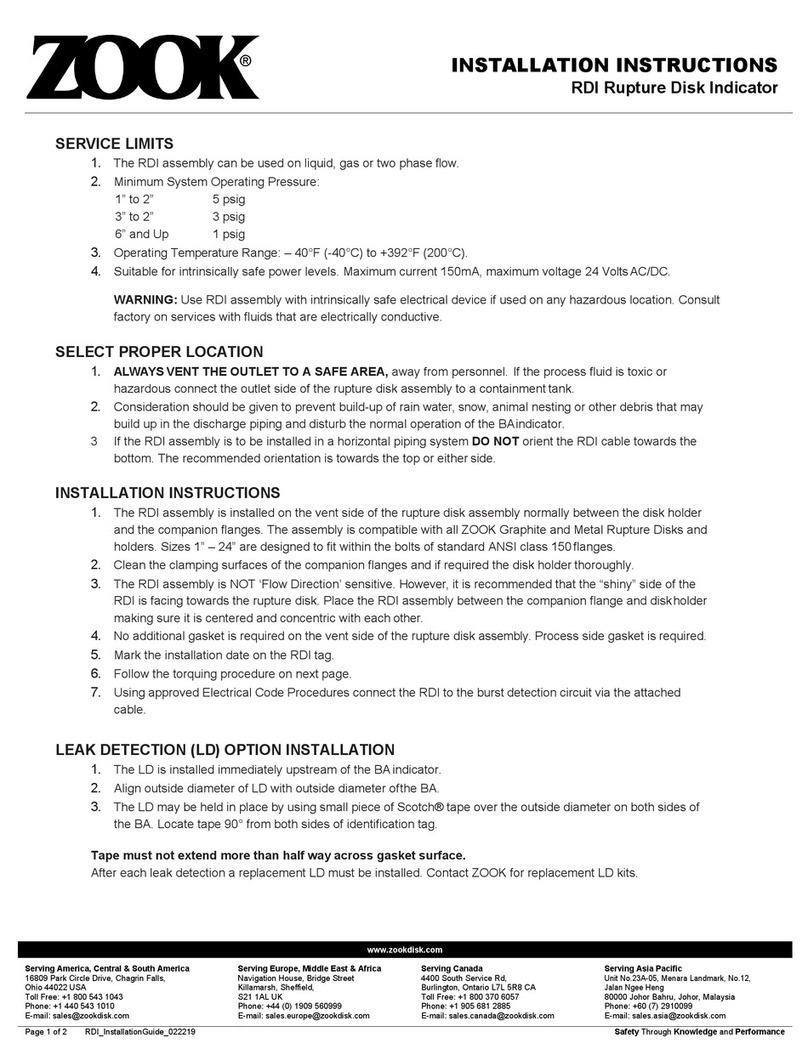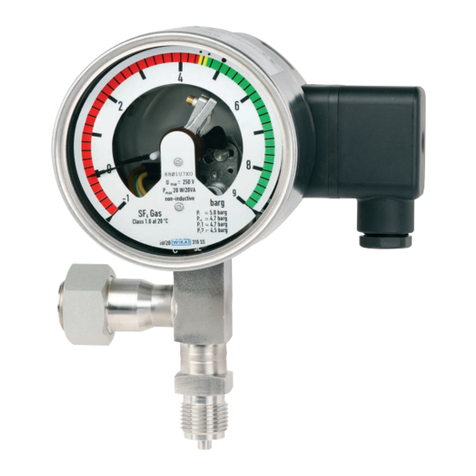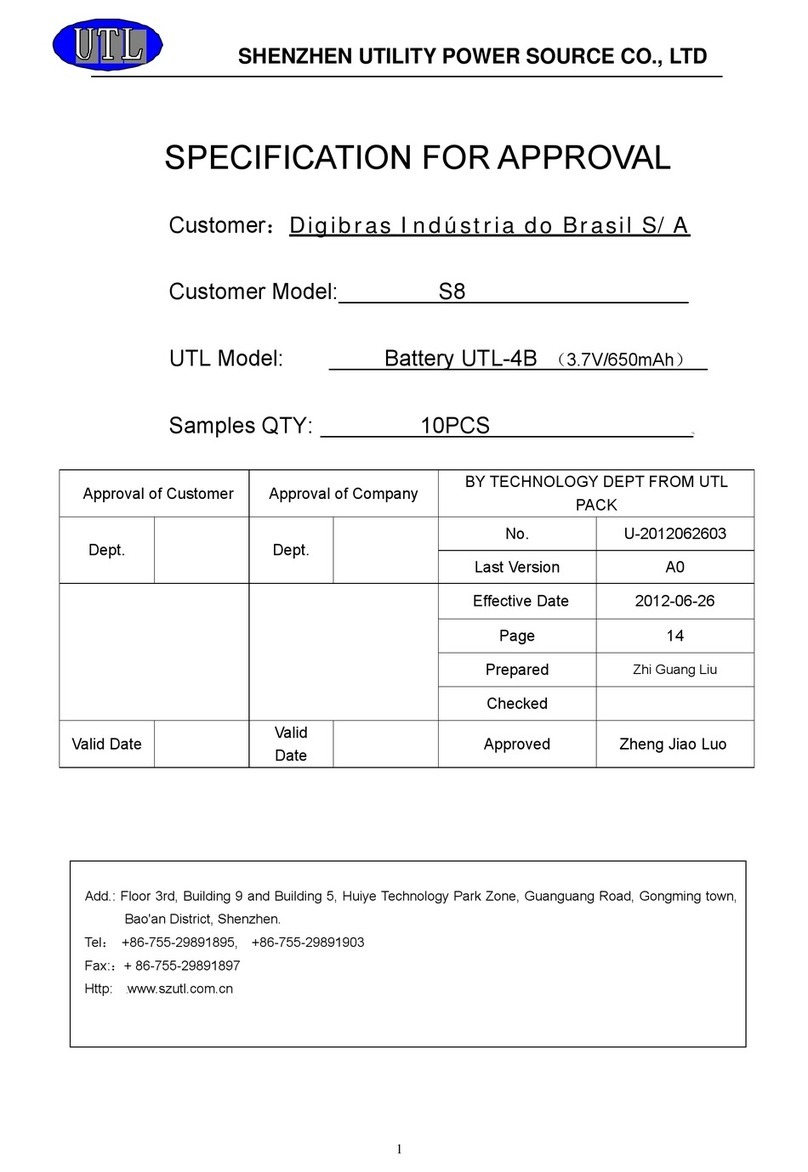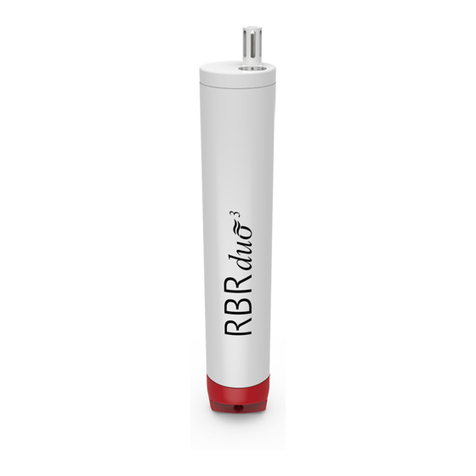User manual - WEIGHT METER SWI-94
CONTENTS
1. BASIC REQUIREMENTS AND USER SAFETY.......................................................................................3
2. GENERAL CHARACTERISTICS...............................................................................................................4
3. TECHNICAL DATA....................................................................................................................................4
4. DEVICE INSTALLATION...........................................................................................................................6
4.1. UNPACKING.....................................................................................................................................7
4.2. ASSEMBLY.......................................................................................................................................7
4.3. CONNECTION METHOD...............................................................................................................11
4.4. MAINTENANCE..............................................................................................................................20
5. FRONT PANEL DESCRIPTION .............................................................................................................21
6. PRINCIPLE OF OPERATION..................................................................................................................22
6.1. MEASUREMENT MODE................................................................................................................22
6.2. DETECTION OF THE PEAK VALUES...........................................................................................23
6.3. CONTROL OF THE RELAY OUTPUTS.........................................................................................24
6.3.1. On thr shold mod ..............................................................................................................25
6.3.2. Two thr sholds mod ............................................................................................................26
7. DEVICE PROGRAMMING.......................................................................................................................27
7.1. PROGRAMMING MENU.................................................................................................................27
7.2. PARAMETERS EDITION................................................................................................................28
7.2.1. Num ric param t rs (digit chang mod ).............................................................................28
7.2.2. Num ric param t rs (slid chang mod )............................................................................28
7.2.3. Switch param t rs (“LIST” typ )............................................................................................29
7.3. MENU DESCRIPTION....................................................................................................................29
7.3.1. “rELAy1” m nu.......................................................................................................................29
7.3.2. “bEEPEr” m nu......................................................................................................................32
7.3.3. “CALibr” m nu........................................................................................................................32
7.3.4. ”OutPUt” m nu.......................................................................................................................34
7.3.5. ”button” m nu.........................................................................................................................36
7.3.6. ”Pr inP” param t r.................................................................................................................37
7.3.7. ”HOLd” m nu.........................................................................................................................37
7.3.8. ”briGHt” param t r.................................................................................................................37
7.3.9. ”SECUr” m nu.......................................................................................................................38
7.3.10. ”rS-485” m nu......................................................................................................................38
7.3.11. ”Edit t” param t r.................................................................................................................39
7.3.12. ”dEFS” param t r................................................................................................................39
7.3.13. ”SErv” m nu.........................................................................................................................39
7.4. MENU STRUCTURE.......................................................................................................................40
8. OUTPUT VALUE CALCULATION...........................................................................................................42
. SIGNALISATION OF ERRORS...............................................................................................................42
10. THE MODBUS PROTOCOL HANDLING..............................................................................................43
10.1. LIST OF REGISTERS...................................................................................................................43
10.2. TRANSMISSION ERRORS DESCRIPTION................................................................................48
10.3. EXAMPLES OF QUERY/ANSWER FRAMES.............................................................................48
11. DEFAULT AND USER'S SETTINGS LIST............................................................................................51
2


















